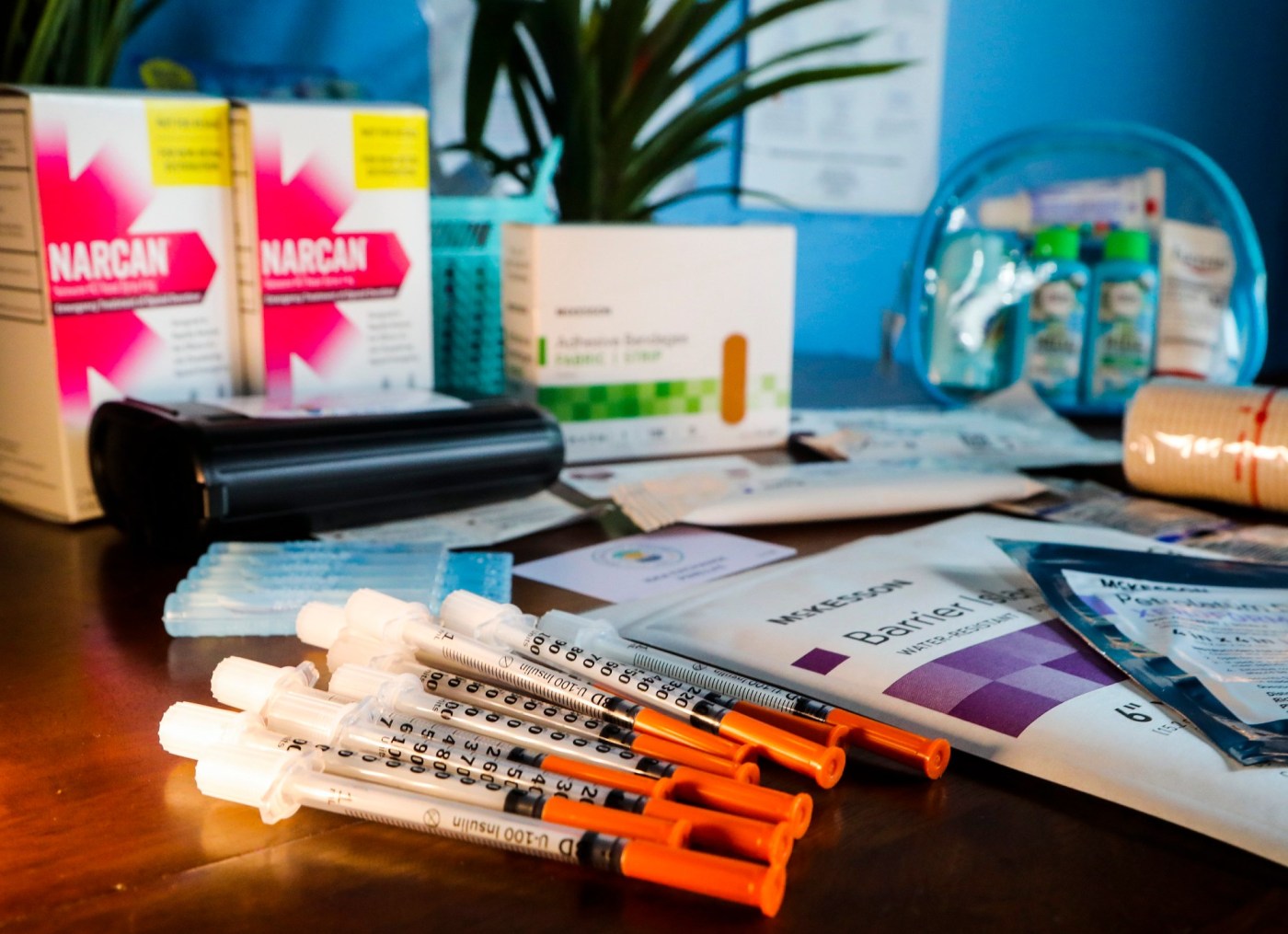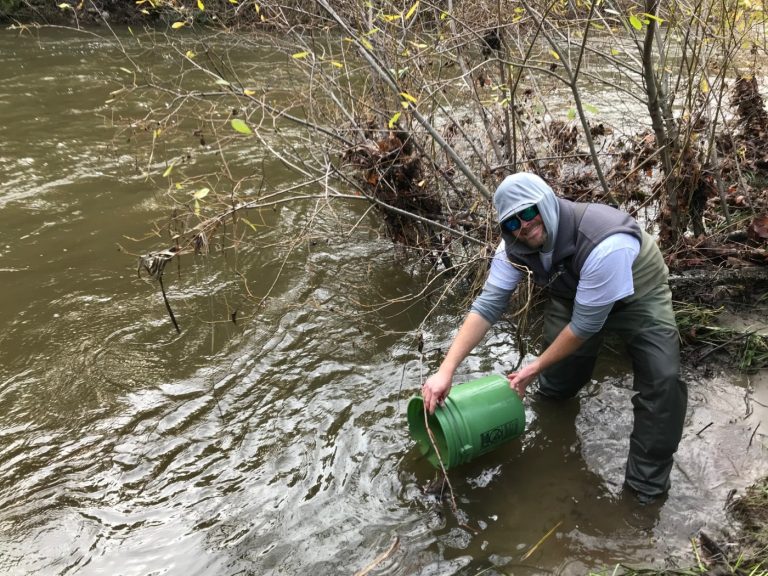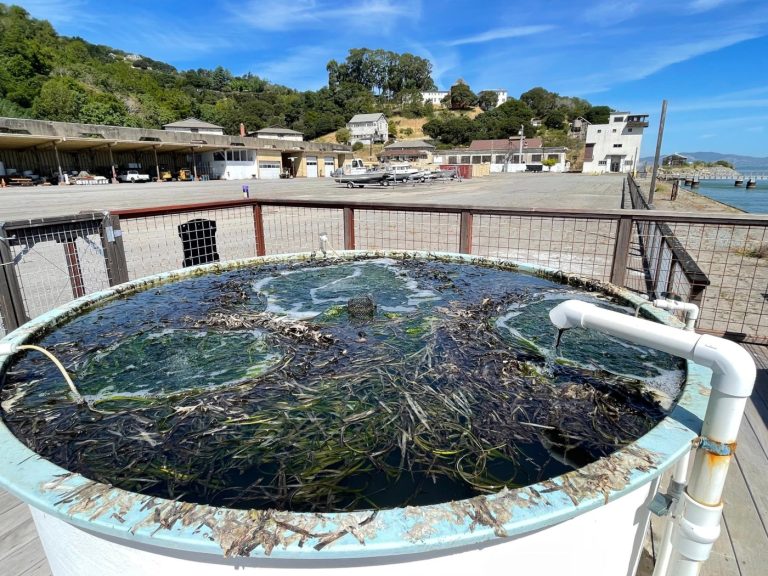SANTA CRUZ — Santa Cruz County public health officials are warning that a dangerous sedative is being detected in illegal opioids with alarming frequency.
Xylazine, a powerful pain relief treatment intended for animals with no approved use in humans, is being added to street opioids, namely fentanyl and heroin, to enhance the effects of the drugs and often without the knowledge of those who use them. This makes the already potentially deadly drugs that much more lethal.
Related Articles
Gilroy police open investigation into woman’s death
Ex-San Jose police union executive intends to admit to illegal opioid importing
Santa Clara County Fairgrounds employee charged with extorting security company
San Jose officer’s police license suspended after child sex charges in San Benito County
San Jose police officer charged with assaulting pregnant girlfriend, home shooting
“Xylazine is increasingly being mixed into street drugs, leading to a higher risk of overdose and serious health complications,” Santa Cruz County Health Officer Dr. Lisa Hernandez said in a release from the county Health Services Agency. “The safest approach is to avoid using street drugs. Stay as safe as possible: never use alone, recognize the signs of overdose, seek help, and stay informed.”
The combination of xylazine and fentanyl in particular is known as “tranq dope.” This recipe is especially problematic because a xylazine poisoning cannot be reversed by the opioid overdose remedy naloxone, now sold over-the-counter under its brand name Narcan.
Still, the county Health Services Agency clarified that bystanders should still administer the life-saving medication to someone experiencing an overdose to reverse the opioid component and then call 911 and perform rescue breathing if needed. If xylazine was mixed into the fentanyl poisoning, county officials wrote in the release, the individual may still be very drowsy even after naloxone is given to them.
Drugs with xylazine mixed into them are also more likely to cause infections, abscesses, or ulcers, according to the county release. The wounds most commonly occur at injections sites, but any method of xylazine use increases the risk of serious skin wounds, the officials noted. Those with a xylazine-caused wound should keep it clean and covered and quickly contact a medical provider.
The county’s first known fatal xylazine poisoning was recorded in June 2023 when a 35-year-old woman was found unresponsive and later tested positive for both fentanyl and the tranquilizer. A spokesperson for the county Health Services Agency said there were three xylazine-fentanyl-related overdose deaths in 2023 in Santa Cruz County and one in 2024 so far.
Fatal fentanyl poisonings have also been a major public health hazard for the county that have escalated dramatically in the past few years. Santa Cruz County Sheriff’s Office spokesperson Ashley Keehn told the Sentinel that the county experienced 38 fentanyl-related overdose deaths from January to July this year. That’s almost 68% of overdose deaths during the same period overall, which was 56. Keehn added that there were 133 fentanyl-related overdose deaths last year, 65 in 2022, 42 in 2021, 19 in 2020 and five in 2019.
For a list of naloxone distribution sites visit hipscc.org/naloxone. Those who are ready to seek treatment for substance use can contact their primary care provider or call the county Behavioral Health Division at 800-952-2335.












